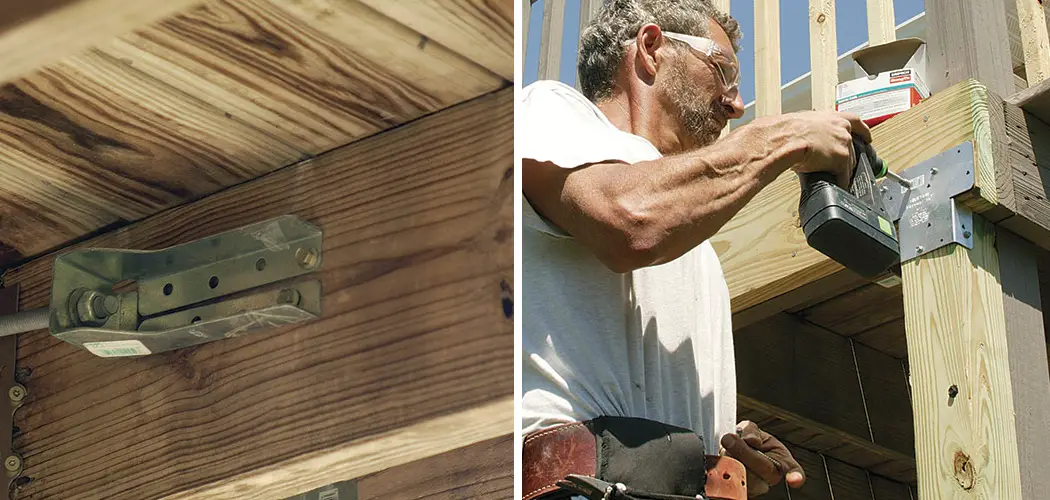Adding extra support to a deck is a crucial step in maintaining its structural integrity and ensuring long-term safety. As decks age or face increased load requirements, reinforcing the support system becomes necessary to prevent sagging, excessive movement, and potential accidents.
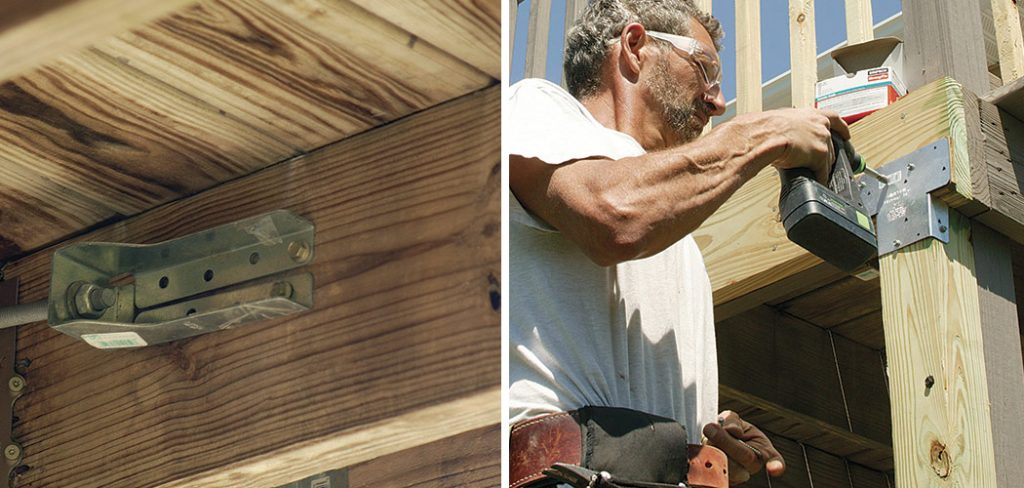
Whether you’re planning to install a hot tub, accommodate large gatherings, or address signs of wear and tear, strengthening the support structure is essential. In this article, we will delve into effective methods and steps on how to add extra support to deck.
From evaluating the existing structure and load capacity to selecting appropriate reinforcement techniques and materials, we will provide valuable insights and practical guidance. By following these guidelines, you can confidently enhance the strength and stability of your deck, creating a secure and durable outdoor space for relaxation and entertainment.
Understanding the Importance of Adding Extra Support to Your Deck
A deck is a great way to add outdoor living space and value to your home, but it’s important to make sure that it’s well-supported. By adding extra support to your deck, you can ensure that it will remain safe and sturdy for years to come. Here are some key points about why adding extra support is so important:
1. Increased Stability:
Extra support gives your deck additional structural stability and helps prevent any dangerous sagging or shifting. This ensures the safety of anyone who uses the deck since they won’t have to worry about instability due to lack of support.
2. Longer Lifespan:
Without adequate support, decks can quickly deteriorate and become unsafe over time. By adding extra support to your deck, you can extend its lifespan and make sure that it remains safe and functional.
3. Protection from Elements:
Extra support also provides protection from the elements, such as high winds or heavy snowfall. This helps ensure that your deck will stay in good condition for a longer period of time without having to worry about damage caused by weather exposure.
As you can see, there are many benefits to adding extra support to your deck. Not only does this keep your deck safe and sturdy, but it also helps protect against wear and tear from the elements. So if you’re considering building a new deck or making improvements on an existing one, be sure to take the time to add extra support for maximum safety and stability.
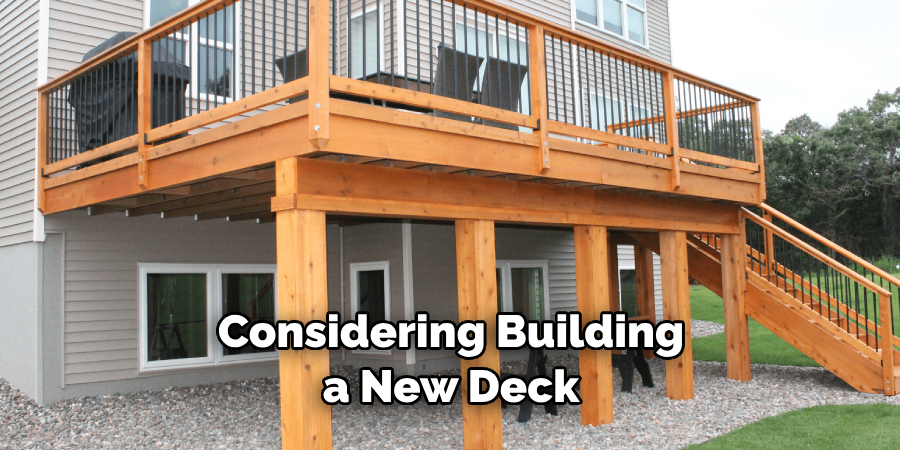
Ultimately, the goal is to make sure your deck is safe and secure for years of enjoyment. By taking the time to add extra support to your deck, you can be confident that it will remain functional and sturdy no matter what Mother Nature brings.
Thanks for reading! If you have any questions about how to add extra support to your deck, please contact a licensed professional. They can provide further guidance on the best way to ensure structural integrity and protection from weather-related damage.
Benefits of a Structurally Sound and Stable Deck
Having a structurally sound and stable deck is essential for the safety and longevity of your deck. A structurally sound and stable deck can help you feel confident in its ability to support your activities, whether they are entertaining guests or simply relaxing after a long day. By reinforcing the underlying frame of the deck, it can be made more durable so that it will stand up against time and weathering better.
Additionally, adding extra support to your deck can also provide additional stability when large amounts of weight are applied to certain areas of the deck such as where people tend to congregate. This added structural integrity can help reduce potential accidents from occurring due to instability. Lastly, with proper care and maintenance, a strong and supportive deck will last longer than one that is not reinforced, saving you money in the long run.
By reinforcing your deck with additional support, you can rest assured knowing that you have a secure and safe environment to enjoy for years to come. Not only will it be more structurally sound and stable, but it may also increase the overall aesthetic of your deck area. Whether you’re looking for an upgrade to an old deck or building a brand new one from scratch, adding extra support is always a worthwhile investment.
To add extra support to your deck frame there are several options available depending on the construction material used and desired outcome. For decks made of real wood like pressure-treated lumber or hardwood, traditional metal brackets offer great support against lateral forces and can be used to reinforce the underlying structure of the deck. For those using composite decking boards, there are a variety of hidden reinforcement systems that can be used to create a strong frame with minimal visible fasteners.
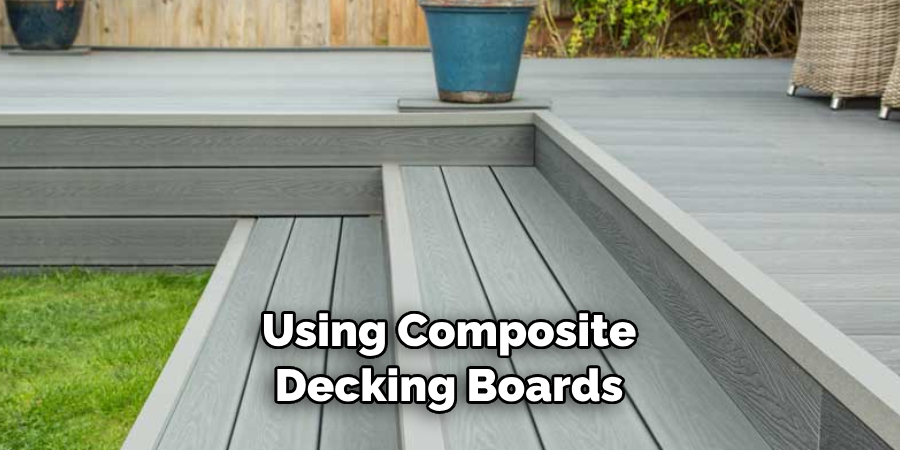
Signs of an Unstable or Sagging Deck
Unstable or sagging decks can cause serious injury if not fixed properly. It is important to inspect your deck regularly and be aware of the signs that your deck may need extra support.
One indicator that your deck may need additional support is when you notice visible cracks, warping, or gaps between boards. This means that the underlying structure has likely weakened over time and requires reinforcement. Another sign to look out for is a noticeable dip in the middle of the flooring, as this indicates an imbalance in weight distribution and insufficient support structure. Additionally, if you’re able to easily move rails, posts, or other pieces of hardware when pushing on them lightly with two hands, this could indicate a structural issue requiring immediate attention.
If you’re experiencing any of the above warning signs, it is important to contact a professional deck builder or contractor to assess the situation and determine the best course of action for reinforcement. They can help ensure that your deck is properly reinforced with additional support beams and other materials to increase stability and safety of use. Taking these steps will help address any structural deficiencies before they can lead to serious injury or damage.
10 Ways How to Add Extra Support to Deck
1. Evaluate the Current Condition:
Start by assessing the current condition of your deck. Look for signs of deterioration, including sagging, cracking, or rotting wood. Identify areas where additional support is needed to address any weaknesses in the structure.
2. Determine Load Requirements:
Evaluate the load requirements of your deck. Consider the weight of any new features or equipment you plan to install, such as hot tubs, heavy furniture, or large gatherings. Determine if the existing support system can adequately handle the increased load or if additional reinforcement is necessary.
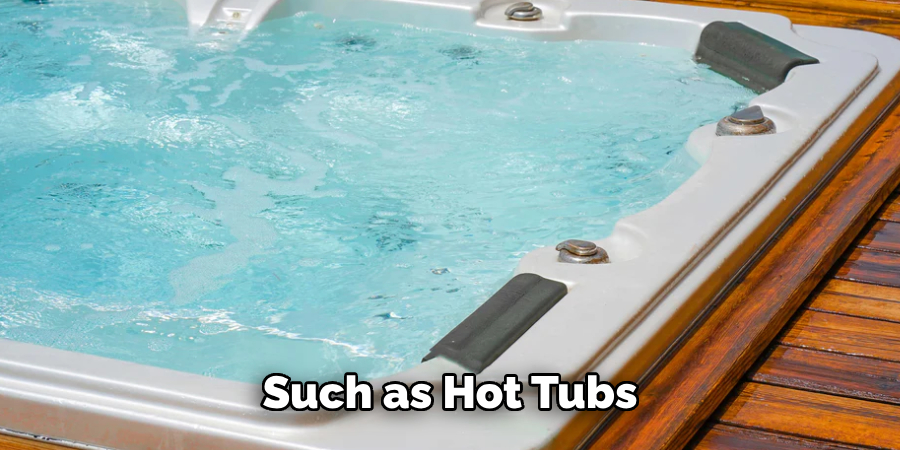
3. Consult a Structural Engineer:
For more complex projects or if you’re uncertain about the required support, consult a structural engineer. They can assess your deck’s specific needs, provide professional advice, and create detailed plans for adding extra support.
Considerations for engineers include the overall size and shape of the deck, its location, any loads that will be placed on it (such as furniture or people), and the soil conditions beneath it. A structural engineer’s expertise can help avoid costly mistakes and ensure that your deck is safe for use.
4. Install Additional Beams:
One effective way to add extra support is by installing additional beams underneath the deck. These beams run perpendicular to the existing ones and distribute the load more evenly. Place them at regular intervals, ensuring they align with the existing support structure.
5. Add Support Posts:
If your deck lacks sufficient support posts, adding them can significantly enhance its strength. Install new posts at key load-bearing locations or where there are noticeable areas of weakness. Use galvanized post bases or anchors to secure them to the ground or existing concrete footings.
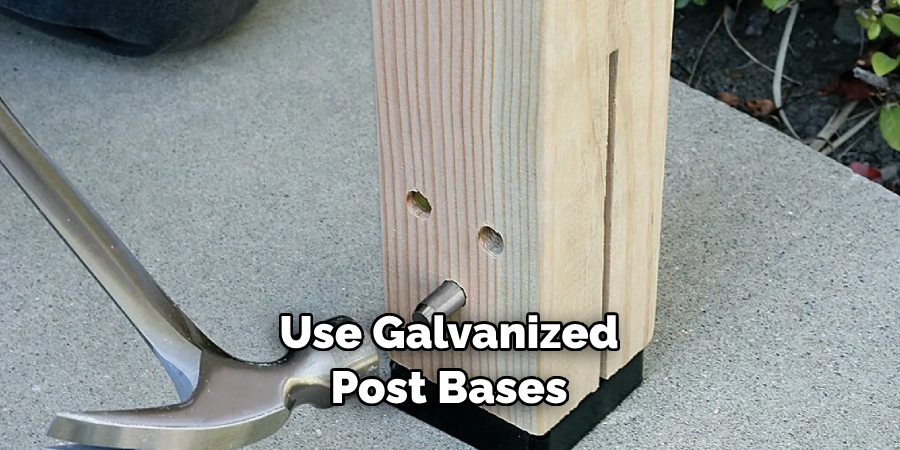
6. Reinforce Existing Posts:
In cases where the existing support posts are in good condition but require additional strength, reinforcing them is an effective solution. This can be done by attaching metal brackets or braces to the posts, providing extra stability and preventing lateral movement. When installing new braces, it’s important to use fasteners that are rated for outdoor use and have a corrosion-resistant coating.
7. Strengthen Joists:
If the deck’s joists show signs of sagging or are unable to handle the increased load, strengthening them is necessary. Install additional joists between the existing ones to provide more support. Use joist hangers or metal straps to secure them firmly.
8. Utilize Cross Bracing:
Cross bracing adds stability and prevents lateral movement in your deck. Install diagonal braces between the beams and posts, creating a triangular configuration. This helps distribute the load and improves overall structural integrity.
9. Upgrade Fasteners and Connectors:
Ensure that all fasteners and connectors are in good condition and appropriately sized for the load requirements. Consider using galvanized or stainless steel hardware for enhanced durability and resistance to corrosion.
10. Consider Steel Frame Reinforcement:
For decks that require significant reinforcement or for those built on unstable soil, adding a steel frame can provide exceptional strength. Consult a professional to design and install a steel frame system that complements your deck’s structure and load requirements.
Conclusion
In conclusion, adding extra support to your deck can be an effective solution for ensuring your structure is safe and secure. To do this, you should use steel connectors to connect floor joists and concrete footings to help prevent excessive movement caused by heavy weight or wind gusts. You should also examine the lumber used when constructing a deck, opting for higher grade, kiln-dried materials that are more resistant to damage from weather changes.
Additionally, it’s important to make sure each board is holding up against its neighboring boards with lag screws or bolts placed every 16 inches. If you use skid plates between the ledger and band joist it will provide extra protection for your deck too. By following these steps on how to add extra support to deck, you can ensure that your deck is both beautiful and secure enough for years of use. So what are you waiting for? Get started on adding extra support to your deck today!

